
NNA Collaboratory: Collaborative Research: Arctic Cities: Measuring Urban Sustainability in Transition (MUST)
2021–2026
Arctic cities face multiple challenges from social and economic transformations, deteriorating infrastructure, a changing environment, and pressures on their governance systems. To respond effectively, mayors, city councils, agency leaders, local citizens and residents, and other stakeholders need a clear set of indicators to help them understand changes in Arctic conditions and provide guidance in devising infrastructure and governance strategies to achieve future prosperity and spur sustainability.
This NNA Collaboratory project assesses numerous issues of urban sustainability and compiles a set of metrics on Arctic conditions that provides data about changes in several issues, including the natural environment, energy, and socio-cultural issues. With these indicators, policymakers and stakeholders can develop effective governance systems and design and build infrastructure to meet the challenges of a shifting natural environment and economy in Arctic urban areas.
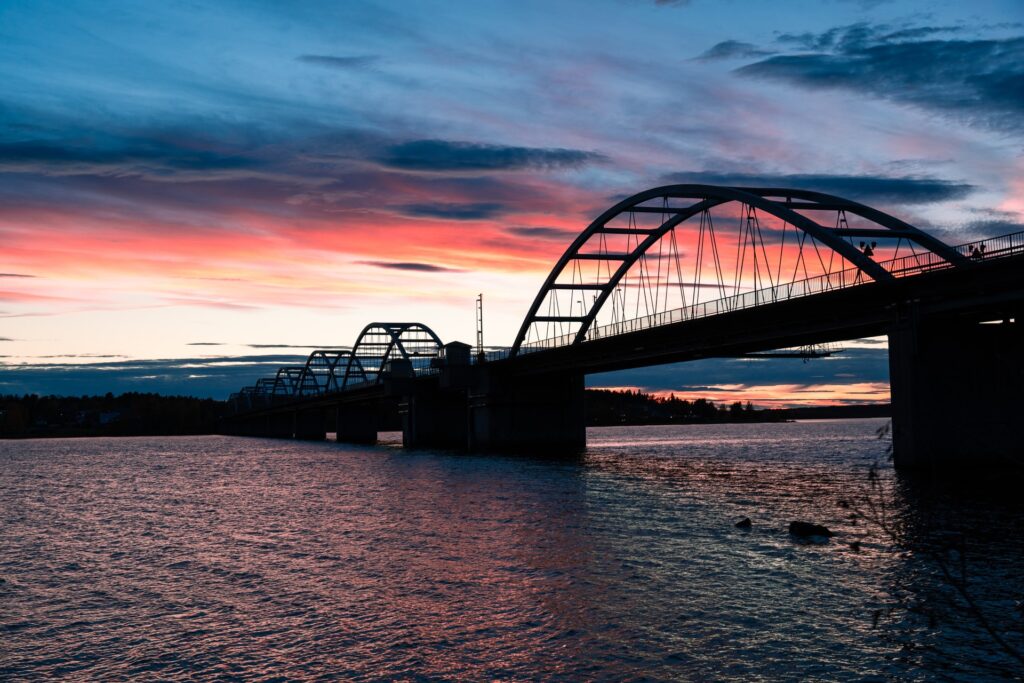
Photo by Casper van Battum. Luleå, Sweden
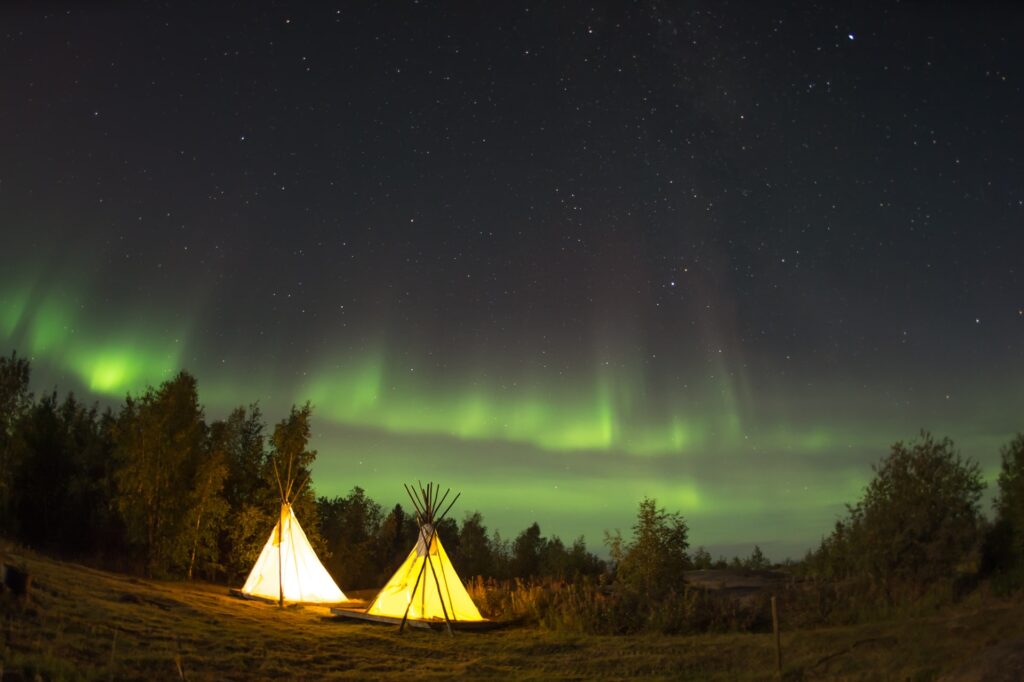
Photo by Ken Cheung. Yellowknife, Canada
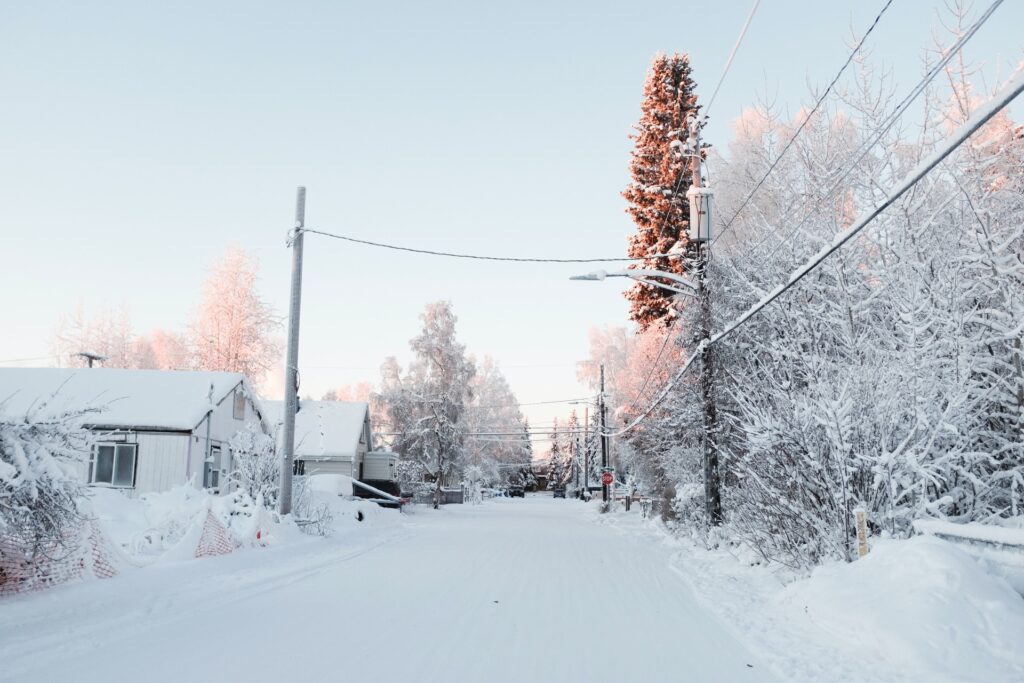
Photo by Carrie Yang. Fairbanks, USA
MUST Expedition 2023
Following up on our research trip to Luleå, Sweden last year, the MUST team visited Yellowknife, Canada in June 2023. Yellowknife has a lot in common with Luleå in that the local economy relies heavily on mining. Where northern Sweden plans to continue producing iron ore for its newly green steel production, there are many questions about the future of the extraction industry in Yellowknife.
Robert Orttung,
Director of Research, Sustainable GWU
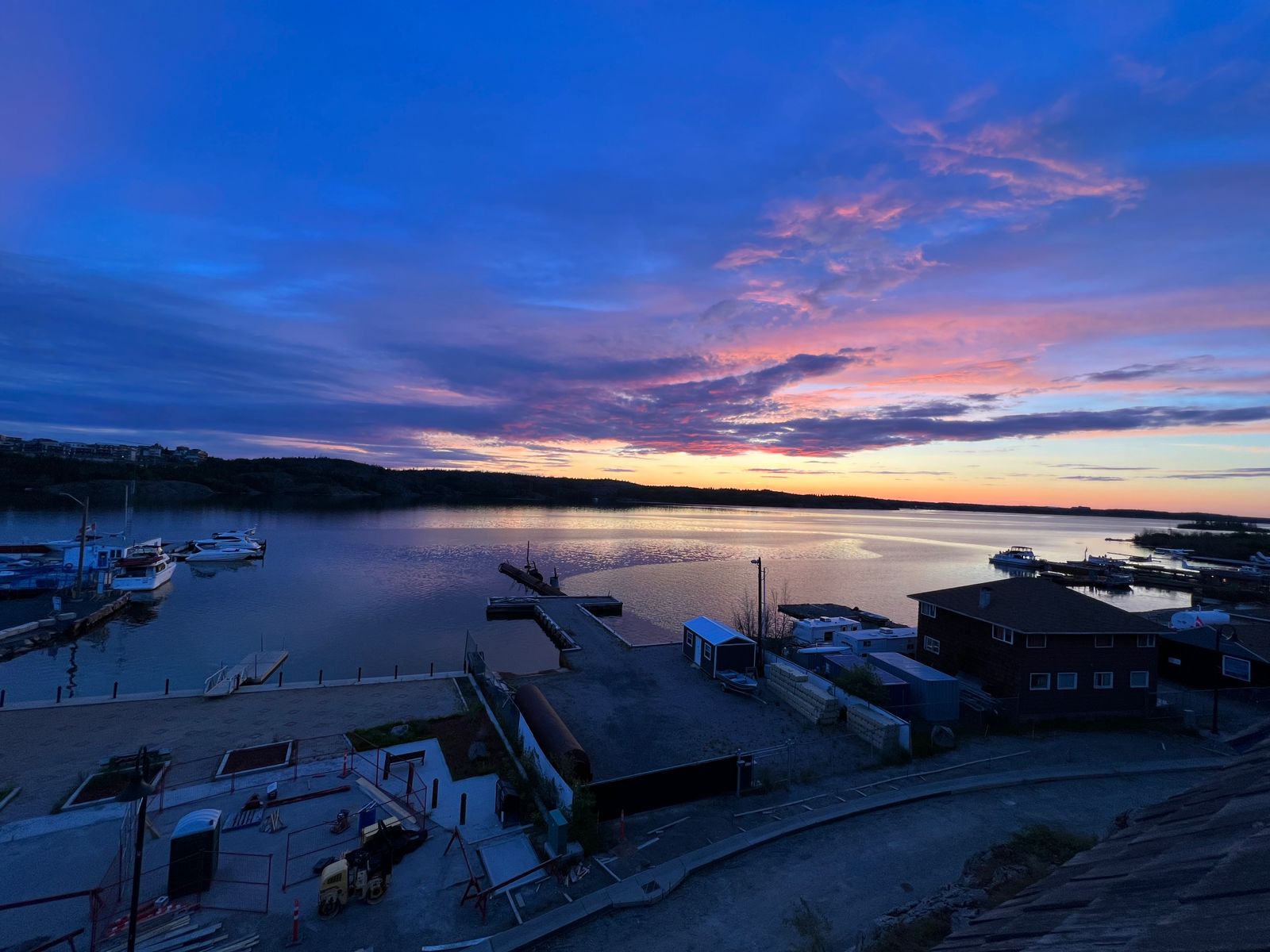

Photo by Vera Kuklina. Luleå, Sweden
Expedition 2022
The MUST project team visited Luleå in May/June 2022 in order to investigate how this northern city works to become more sustainable. The city is going through a dramatic period of growth now, expecting to add 20,000 residents to the population of 80,000. It is the site of a Facebook server farm and new fossil-free steel plant. A new battery factory and an additional steel plant are coming to nearby cities. Luleå is building new neighborhoods to accommodate the expected new residents. Overall, Luleå is an interesting case study of how cities manage change in adapting to the new environment of the Arctic.
Robert Orttung,
Director of Research, Sustainable GWU
These images are a result of an outsider’s photographic exploration of three towns in northern Sweden—Luleå, Kiruna, and Jokkmokk, or their built environment, to be precise. Focusing on its everyday aspects I attempted to make a small step towards ‘de-idyllizing’ the visual representation of Sweden’s northernmost province. Often—and for a reason—portrayed as a sanctuary of pristine forests and pure lakes, its other face—the one of a treasure trove of the Swedish extraction industry—tends to remain obscure. The photographs, however, do not straightforwardly depict the mining or steel industries as such but rather the urban milieu that appears to be one of their (by-)products.
Max Sher
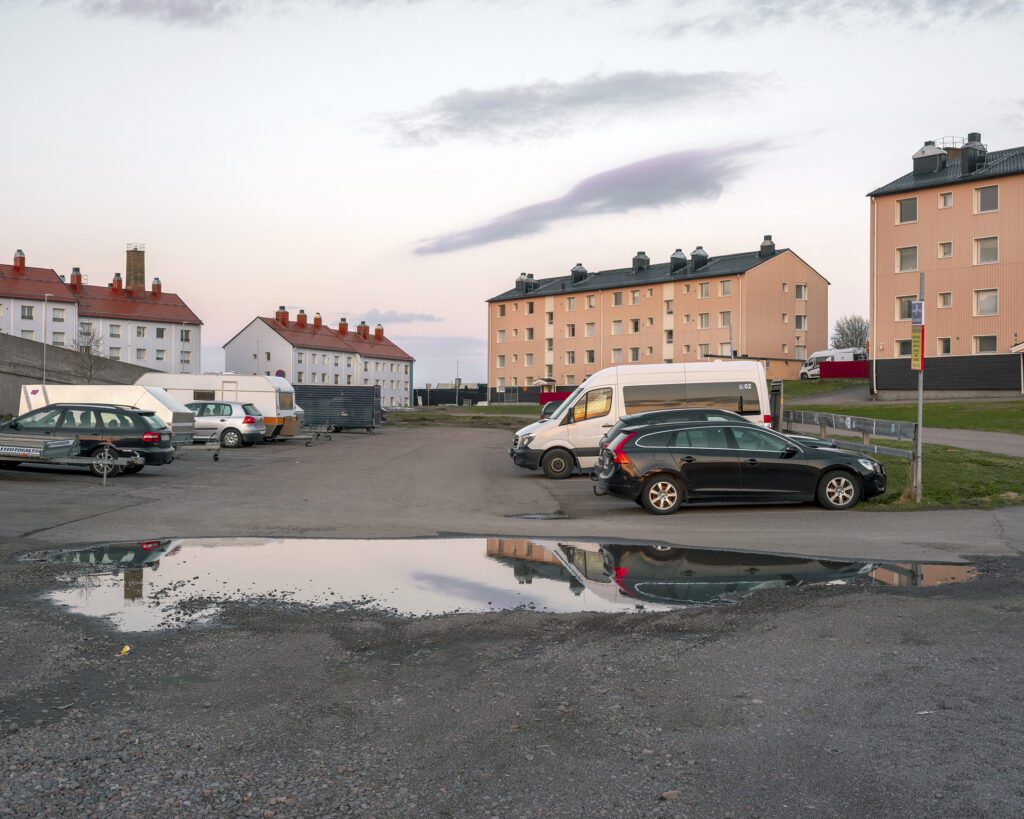
Photo by Max Sher. Kiruna, Sweden
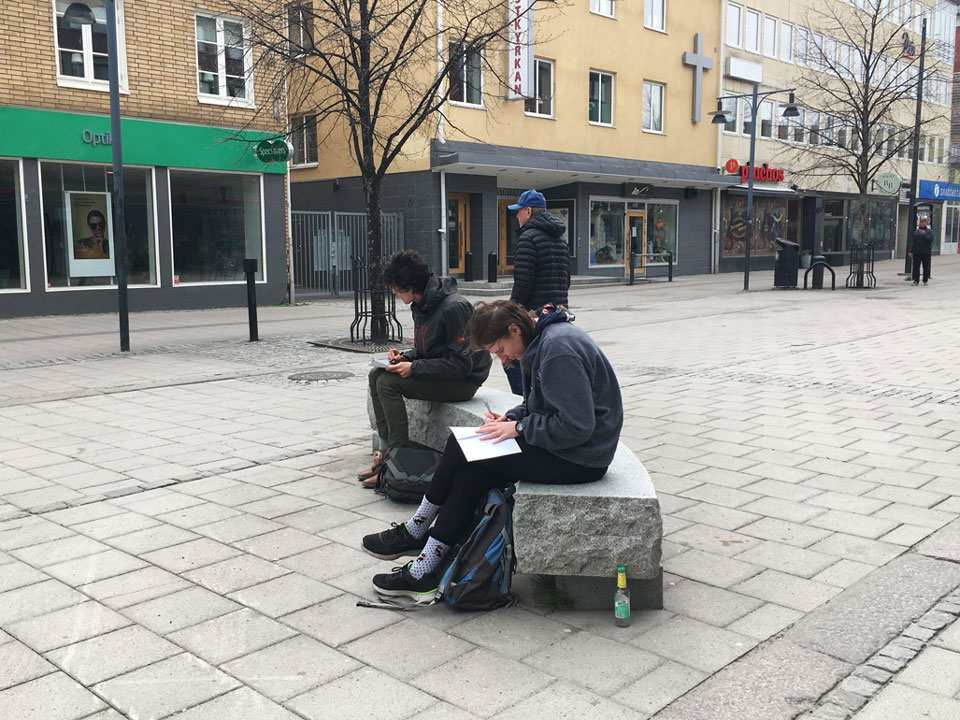
Photo by Aleksandra Ianchenko
Sketching Atmospheres of the City
Aleksandra Ianchenko organized a two-day sketching workshop that resulted in a number of interesting insights and wonderful drawings by MUST team members. In the following text, she provides an improvised report about our collective sketching practice as well as about her individual fieldwork beginning with some theoretical and methodological considerations. She hopes that the workshop gave participants the experience of doing something artistic and something outside of regular routine as well as of using drawing not as a memetic but an expressive tool.